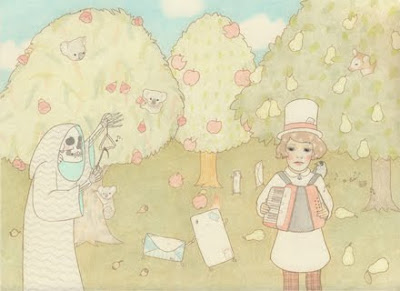
Lilly Piri is a 25-year-old Australian illustrator/artist, who currently lives in Germany. Her art has a divine softness to it that draws me into her beautiful worlds again and again.
Website: www.littlegalaxie.com
Blog: lillypiri.blogspot.com
Web store: www.littlegalaxie.com/store.html
Etsy: www.etsy.com/shop/lillypiri
Could you tell us a little about what you are working on at the moment?
At the moment, I’m working on some pieces for upcoming group shows, things for my etsy shop, and personal work involving acrylics and oils.
How did you first get started in art, is it something that you’ve always been interested in and excelled at?
How long have you been creating art, embracing your creativity, and working towards developing your current style and output (a style that, I must say, is unmistakably yours)?
Well, drawing was something that I especially enjoyed doing. One early memory is, we were on holiday, and I was sitting with my watercolours and painting a seagull from life. I also drew countless horses from horse magazines growing up, I think this served as part of a solid drawing foundation. So, I know everybody says this, but I’ve been drawing for as long as I can remember. Everybody draws in school, some people just keep drawing once school is over. Life drawing in art school also really opened my eyes. There’s drawing, and then once you learn life drawing, it’s like you can see things on the page in 3 dimensions. Life drawing really changed my way of seeing.
How did you gain the confidence to make art your career?
I wouldn’t say I gained the confidence to do it, I just did it. I tried to promote and put my work out there, and it just fell into place after that. The Internet has made it really easy for creative people to show their work, and it played a huge role in getting me started.
Why do you create? What is it about being creative that makes it something important for you to do?
It sounds weird, but it helps me stay sane. I feel very restless if I haven’t had time to make something. It’s like most people have something they do as an outlet, or to relax, or just something that makes them happy. Sometimes, I get an idea for a drawing, and I just have to make it.
Where did your interest in soft, delicate, subtle imagery come from, and how has your art developed over the years to incorporate it?
This started because, colour pencils are just so time consuming. If you want a smooth colour, you have to really work at it with many, many layers. On the earlier ones, I would be making the fourth layer of colour and think ‘you know, this looks cool just like that’. It’s like how sometimes an artist prefers the sketch to the finished piece. It’s also sort of like a whisper this way.
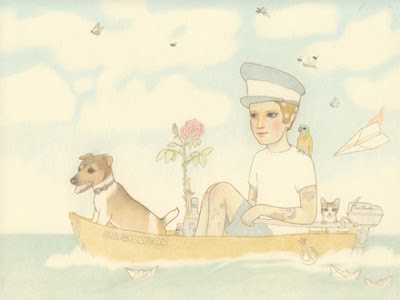
A lot of your work is incredibly, beautifully detailed. A lot of this attentive detail occurs in small-scale images. Do you have a love for small, intricate things?
Yes, I absolutely love small things and have a nice little collection. I also love small boxes. It just goes back to childhood: my parents had a collection of super small toys and collector items that I wasn’t supposed to play with, but I did, anyway. Now, I’m grown up, and can have my own. Hurrah!
The careful, intricate detail in much of your work would suggest an eye for detail, and possible perfectionism.
What is your view of perfectionism in art, and more specifically in your own art work?
Well, I think everything has its place in the scheme of things, but perfectionism can become a real block. Personally, I have to be careful so that I don’t let the perfectionist take over, because then I would never, ever finish anything.
You work a lot with coloured pencils. What is it about this medium that you enjoy?
Well, what I enjoy about coloured pencils and what I hate about them is that it’s incredibly slow. Sometimes it’s nice to do 10 layers and sometimes it isn’t. When it’s nice, it’s just very relaxing, and you can’t really make mistakes with it. Once I have my lines in, it’s like colouring in.
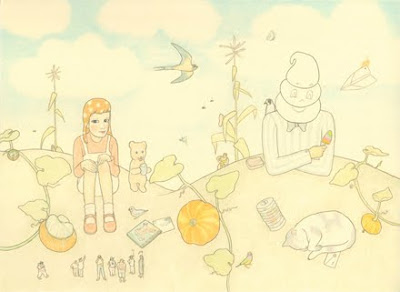
How long would a typical pencil illustration take you to complete? I myself don’t think I’d have the patience!
Ahh, now that really depends on the size, if it’s full colour, or what colours are being used. Dark colours take the longest to do. My brown pencils break all the time, my teacher once told me this is because the browns are softer, so you have to use a very sharp sharpener. In the beginning, I used to time myself, I think the more intricate work can take 20+ hours for an A4 piece. I’m a lot faster than I used to be, though.
When you were based in Australia, a lot of native creatures and wildlife cropped up in your work; is the environment in which you create your work important to your subject matter and the way that pieces turn out?
I still regularly include Aussie animals, but now there is a German influence, too. I really miss Australia and the wildlife there, but then there’s also being delighted at things here in Germany. Sometimes, for titles, I like the German word better because it is more precise. They have words for stuff I would need a sentence to describe in English, like Schadenfreude and Zeitgeist.
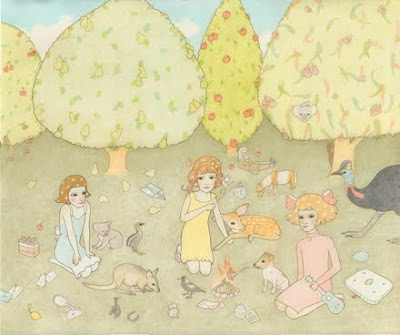
Your art has been described as ‘dreamy interpretations of a wide variety of narratives’… How important to your work is the idea of narratives, and storytelling?
I really love having a story to work with. I like getting immersed in books, and not being able to put it down. I love this about Grimm’s fairytales. I have an old book of these with gorgeous illustrations from the 10’s or 20’s. Music with stories in it are also great for inspiring a certain mood that I would like to translate into a drawing.
I read you say of your art, and in particular the reason for the reoccurring theme of the ocean is that, ‘the sea always reminds me there is lots to explore, and it’s nice to look out and think about what’s over the horizon’. I love that quote as I really think it mirrors your work itself; exploratory, magical work that seems hopeful. Is this a fair reflection?
I suppose you could say that. Some people have interpreted my work as sad, I don’t really see it that way. It sounds corny, but I love the ocean just because you realise how tiny and unimportant everything is, and how much is out there to see. If you stand at Point Danger, near my hometown, you can see the curve of the world, and it’s just inspiring.
You live with your husband who is also an artist – how important to you and your arty motivation is living and working alongside somebody else who shares your interest and passion?
Does working in an environment alongside such peers provide any specific benefits to you as an artist – beyond motivation?
Well, I really can’t imagine it any other way, because it’s such a big passion for both of us. It’s just so nice to have someone that I have so much in common with, that’s not easy to find, I think. We don’t work in the same room, but if I get stuck, or he gets stuck, we can bounce an idea off of each other, or say ‘what do you think of this composition?’
Heiko is also much more technical than I am, and he’s helped me with perspective/file problems in the past. In a lot of ways he’s like the complete opposite of me, because he’s so prolific. But then he’s also a huge perfectionist, sometimes he makes like 3 or 4 final drawings before he’s happy, which I doubt I could ever do! I prefer erasing the page a million times!
What daily things give you the incentive/confidence/push to continue making art and keep coming up with new ideas?
I really like nature, the ocean or the forest, insects, animals. It inspires me. Seeing the work of other artists, especially ones who have a completely different style to mine, makes me really excited to make new work. I also keep a lot of sketchbooks with ideas; sometimes I just wait and see if I can use one.
What challenges and struggles do you face (or have you faced) as a young artist and illustrator wishing to get their work seen and known – and how do you rise above these challenges?
I don’t think it’s very easy to get illustration jobs that suits my work, so I’m planning to try simplifying my style. But I also want to push my gallery work in a more paint-erly, detailed direction, because I really love painting. Playing and experimenting is very important for both of these problems. I guess I don’t believe that you have to stick to one thing. Growing is important, too. I’m sort of at a point where I want to change things up a lot, so I guess you probably have to ask me again in a year or two!
Which contemporary artists and illustrators are you currently loving?
At the moment:
Gemma Correll’s work, especially her daily diaries, which are hilarious.
Beci Orpin, she does so much cool stuff.
Lauren Nassef, who posts a drawing every day, very inspiring!
Bec Winnel, for her amazing fashion colour pencil work.
Lindsey Carr, her paintings are beautiful and intricate. If you’re a Natural Museum fan, you would probably fall in love with her work.
Ana Bagayan, she’s a wonderful artist and she and her friend Mere also run The Lunch Bunch, which feeds the homeless in LA.
Elly Yap, she makes the most amazing patterns!
I also keep a big link list on my blog with the blogs of other artists and illustrators, and they are people I recommend checking out.
What is your favourite thing about making art?
That feeling like you’re making something special out of a blank piece of paper. It’s like planting a seed and watching what it grows into. It’s fun not knowing how a piece will turn out, it’s fun to solve problems and learn.
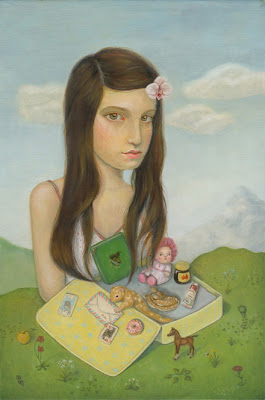
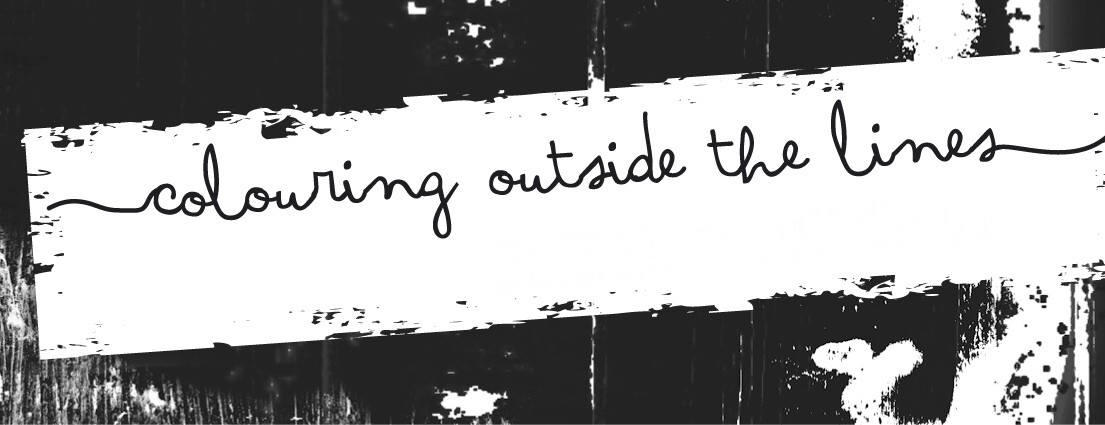





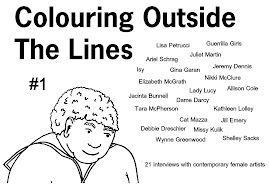
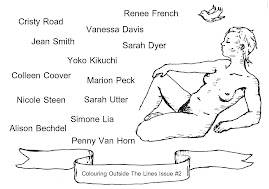

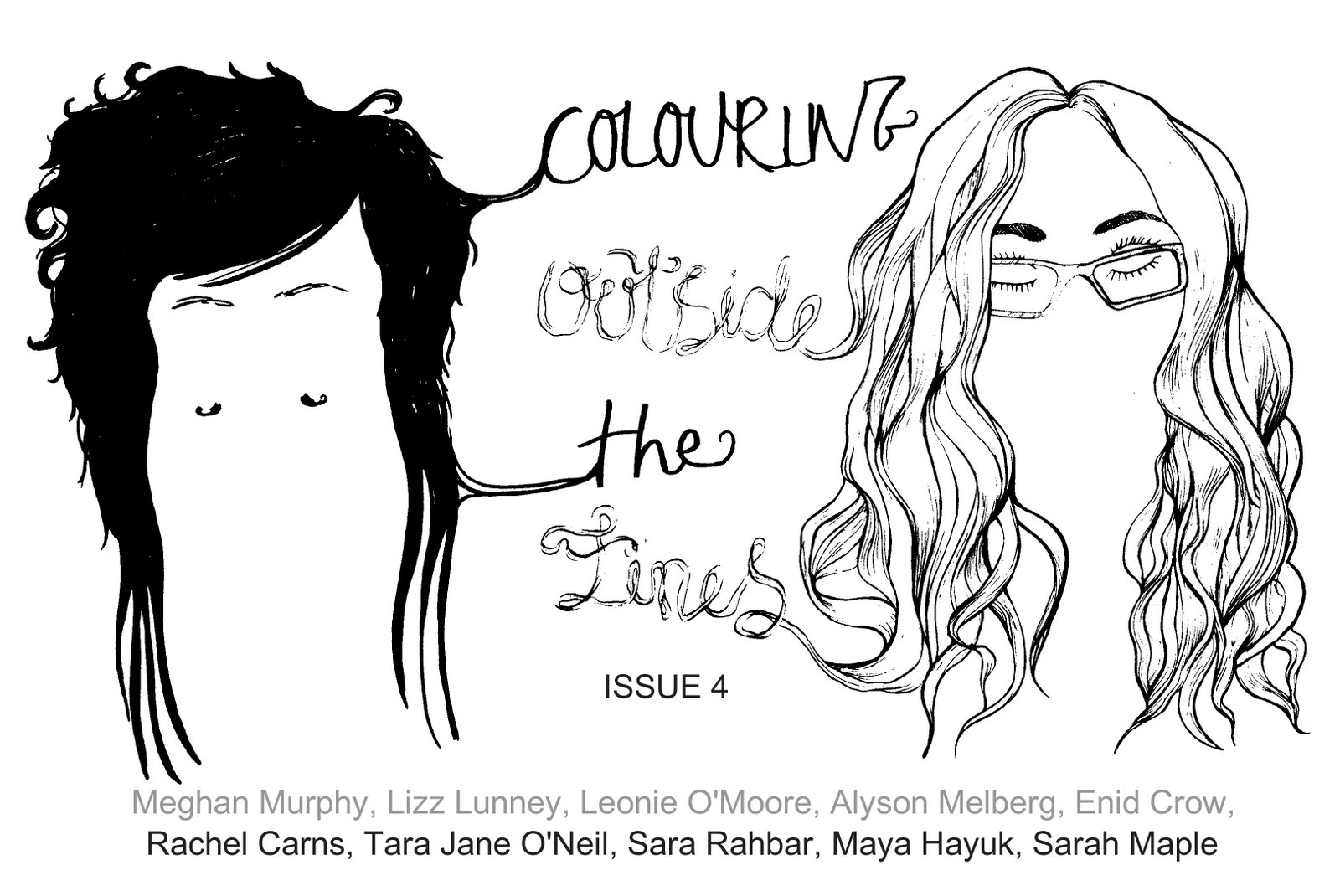

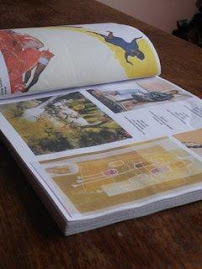



No comments:
Post a Comment